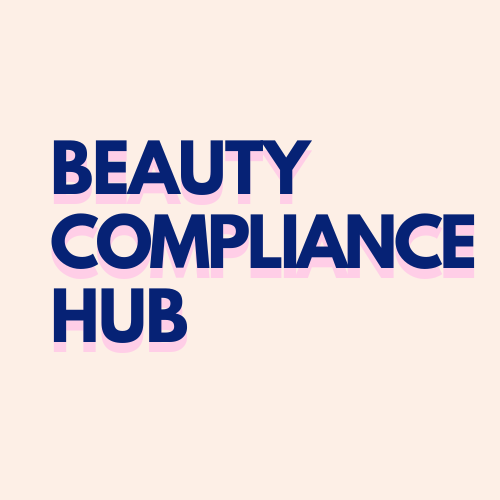💸 Beauty on a Budget: How to Launch & Grow an Indie Beauty Brand Without Overspending
Starting your own beauty brand is exciting, a chance to bring your vision to life and carve out your space in a booming market. But for many indie founders, the reality of budgeting and managing startup costs can be overwhelming. Without a clear plan, money disappears fast, leaving little room for growth.
The good news? You don’t need a huge budget to launch a profitable beauty brand, you need a smart, strategic one. Whether you’re working with a cosmetic lab or developing products at home, the key is knowing exactly where your money goes and making it work harder for you.
Here’s your complete guide to budgeting for an indie beauty brand, covering formulation costs, packaging spend, profit margins, and how to grow sustainably on a tight budget.
1. Understand Your Income and Expenses
Before you order packaging or sign off on your first formulation, you need to get clear on your finances. Start by listing your available funds, whether that’s personal savings, a small business loan, or investor capital. Then, break down your essential expenses:
Formulation & Testing: This includes lab fees, stability testing, microbiological testing, and regulatory compliance. These are non-negotiable in ensuring product safety and legal compliance.
Packaging: Select low MOQ (minimum order quantity) options that still match your brand aesthetic.
Operations: Fulfilment, warehousing, shipping, and software subscriptions.
Marketing: Website design, content creation, and campaigns.
💡 Pro tip: Always factor in ongoing replenishment costs for ingredients and packaging, not just your launch spend.
2. Set Clear and Achievable Goals
Your budget should align with your business goals. Ask yourself: What do I want to achieve in the first 6–12 months? Is it to turn a profit quickly, build brand awareness, or validate your products in the market?
Break your journey into phases:
Launch Phase: Prove your product works, build an audience, and test your pricing.
Growth Phase: Reinvest profits into larger production runs, marketing, or improved packaging.
Expansion Phase: Add new SKUs, expand into retail, or explore international markets.
By having clear milestones, you’ll make spending decisions that move you toward measurable success.
3. Track and Monitor Your Spending
You can’t control what you don’t track. Create a spreadsheet or use budget management software to record every expense, no matter how small. Break it down into categories:
Ingredients & formulation
Packaging & design
Manufacturing & testing
Marketing (ads, influencer seeding, content creation)
Operations (storage, fulfilment, software, admin)
Review your spend monthly. This helps identify waste, optimise inventory, and make better purchasing decisions. This habit not only keeps you accountable but also prepares you for funding opportunities, as you’ll already have a clear financial record.
4. Allocate Funds Wisely
Not all expenses deliver the same return. Spend where it will have the biggest impact and cut back on non-essentials.
💰 Spend On:
High-performance formulations that deliver visible results
Regulatory testing to ensure legal compliance and consumer safety
Packaging that’s both protective and aligned with your brand identity
💡 Save On:
Expensive branding agencies — DIY or freelance designers
Large inventory runs — start with smaller batches to test demand
Paid ads — grow organically first through social media and collaborations
This balance ensures you deliver quality while keeping your finances healthy.
5. Be Realistic and Flexible
The beauty industry evolves quickly, and your budget must adapt. You might discover that a certain marketing channel isn’t bringing in sales, or a certain product sells faster than expected. That’s okay, adjust your spending based on results, not assumptions.
Be willing to reallocate your budget:
📦 If one SKU outperforms others, channel more production funds there.
📱 If influencer marketing isn’t converting, try SEO-driven content or partnerships.
If something isn’t working, reallocate the funds to areas with better returns. A realistic budget acknowledges that you can’t do everything at once and that’s fine. Growing steadily and sustainably beats rapid scaling with a drained bank account.
Final Thoughts
A tight budget is not a barrier, it’s an opportunity to be strategic. By understanding your income and expenses, setting realistic goals, tracking your spending, and allocating funds wisely, you can create a brand that’s not only financially sustainable but built to grow.
The key is flexibility: adapt to what the market tells you, and you’ll be able to reinvest profits into the areas that matter most. In beauty, as in business, strategy always beats spend.
💡 Free Resource for Founders
Want to take control of your finances from day one? Try our Free Monthly Development Tool — The Budget Simulator. It’s designed for beauty startups to map out formulation, packaging, operations, and marketing costs so you can launch and grow with confidence.
📥 Try it now and start building your dream beauty brand, strategically and sustainably!







